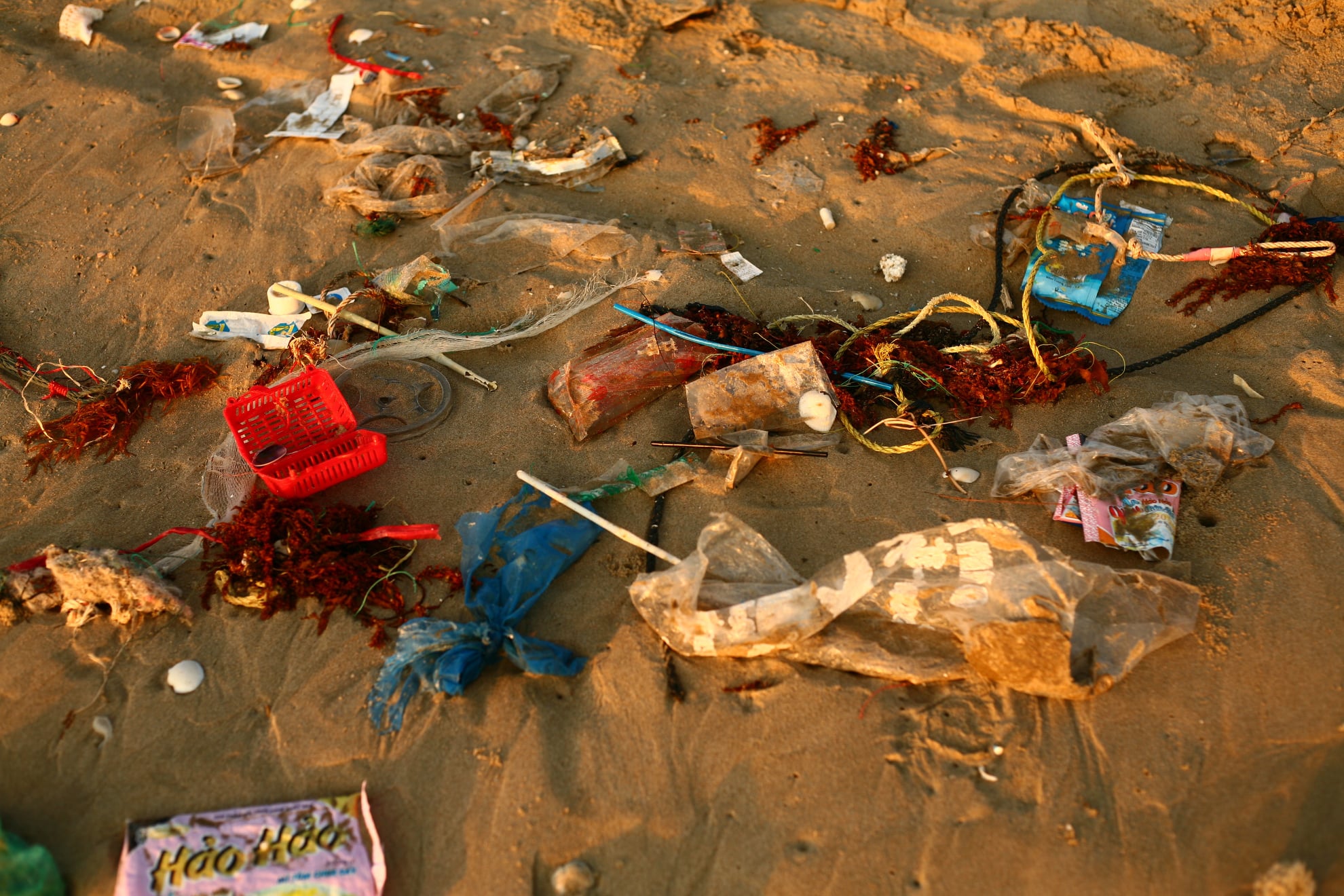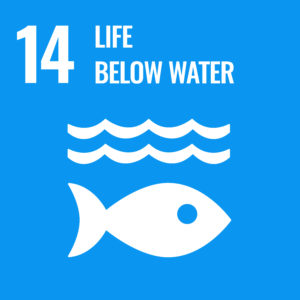The circle of life.
To succeed in our endeavour, we encourage committed people across the globe to become part of our circle of life:
- Plastic waste is removed from the oceans and shores – or intercepted before it goes there
- The plastic waste is processed and given new life and purpose in the form of the environmentally friendly 3D printed Xavior SeaTurtle
- Buying the Xavior SeaTurtle, you support the process, show that you care and help us spread the word
- Thanks to your purchase we can donate 50 % of our profits to a non-profit organization working diligently on freeing the world of plastic waste
- And then it all starts from the beginning again
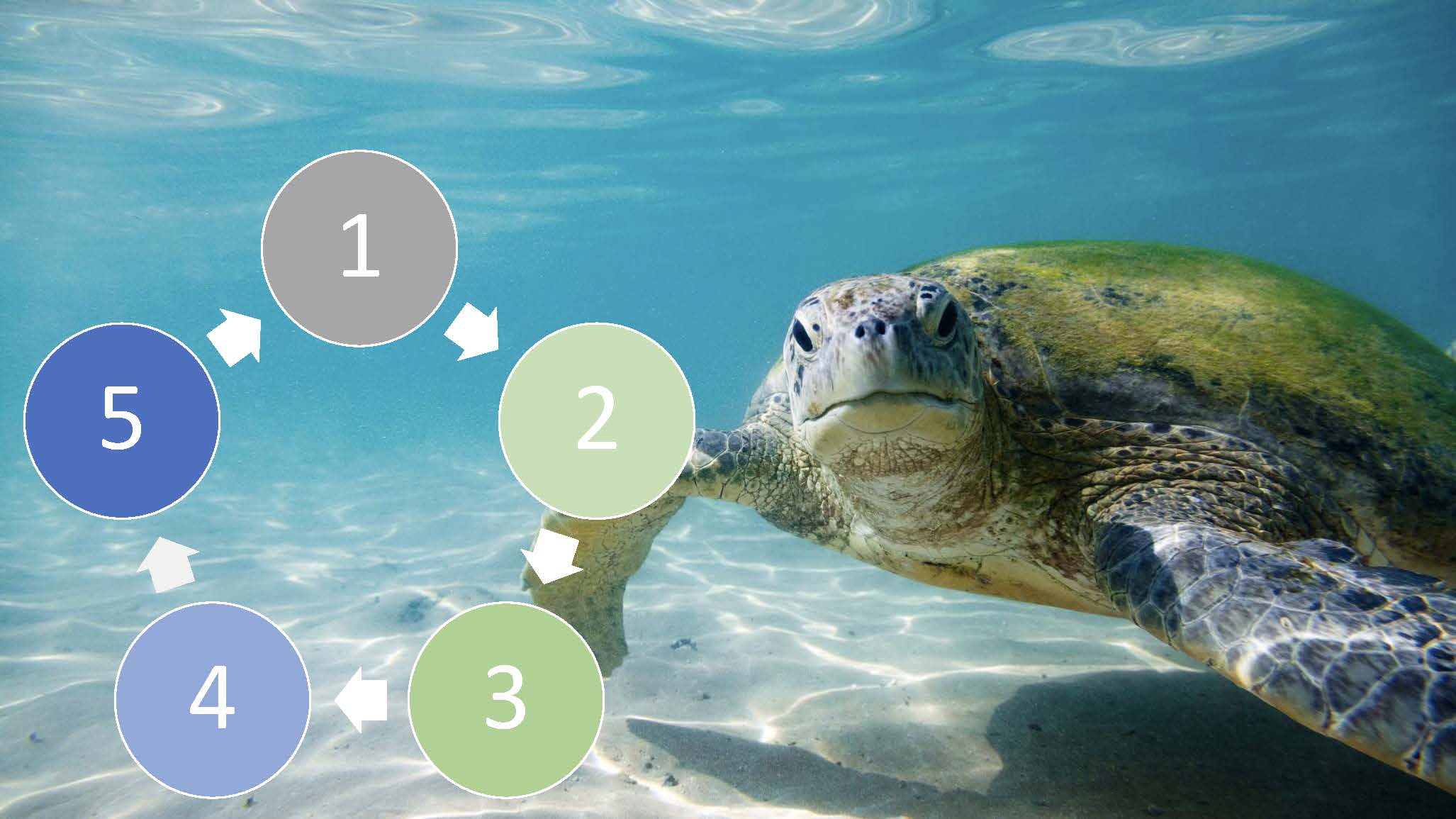
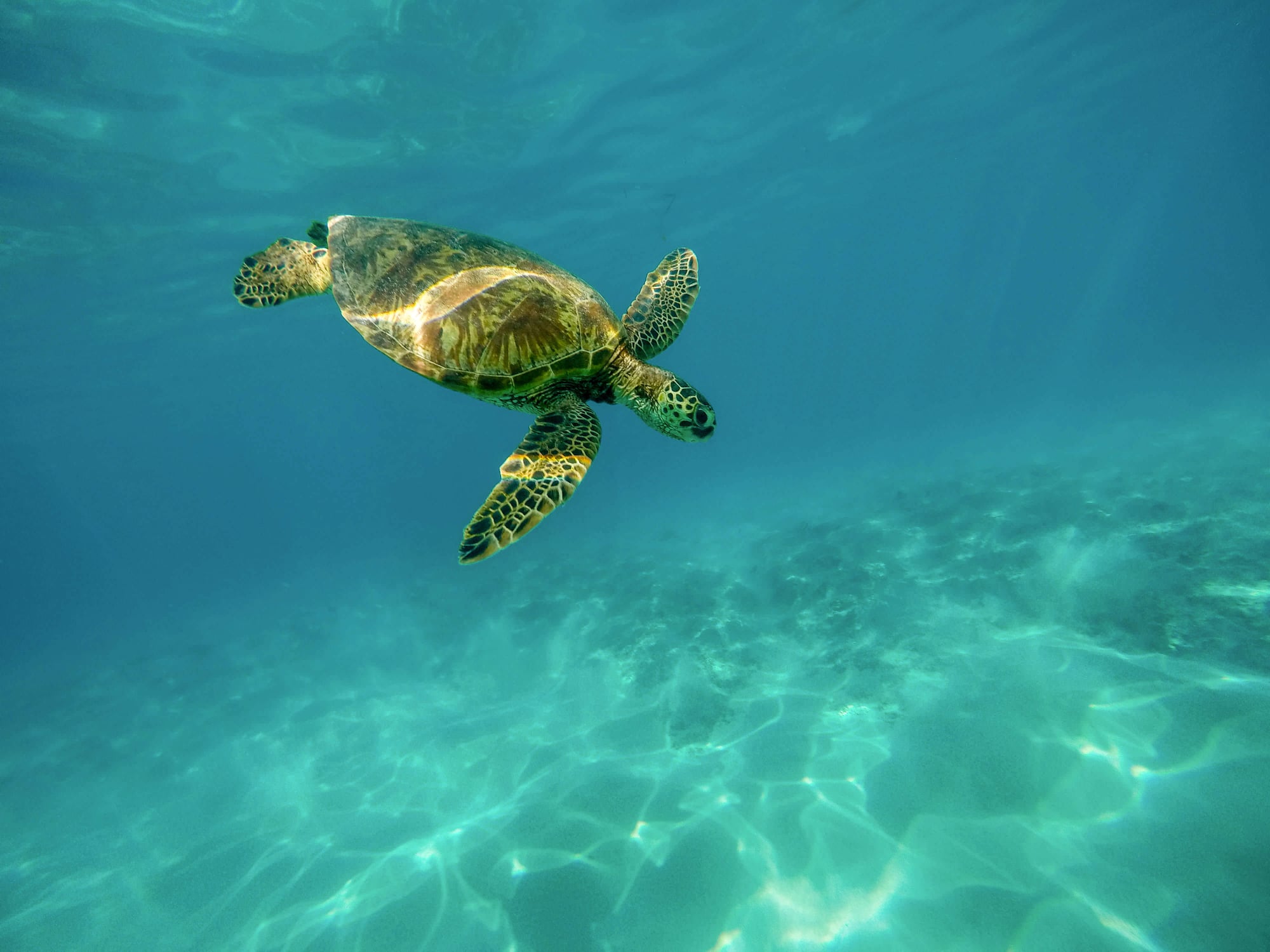
Our company.
Xavior I/S is a globally oriented company registered as a partnership under Danish law. We develop and sell unique ornaments and designs to customers all over the world.
Our products, which are environmentally friendly 3D printed of recycled material, contribute to the removal of as much waste from nature as possible.
At the same time, through donations of 50 % of our profits, we help a powerful non-profit organization with its efforts for ridding the world’s oceans, shore and rivers of plastic.
Meet the founding partners here. And meet our Ambassadors here.
Meet our designer.
The Xavior I/S Chief Designer is Leo Griffin, a Brit living in the northern part of Denmark for 40+ years.
Just to mention one of his international clients Leo has developed several lines of decorative art for Georg Jensen A/S, the world-renowned Danish company founded as a silversmith studio more than a century ago.
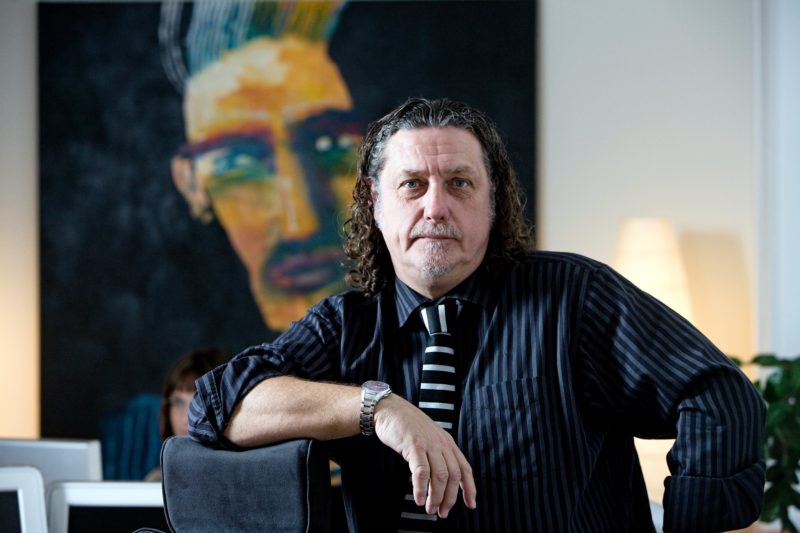
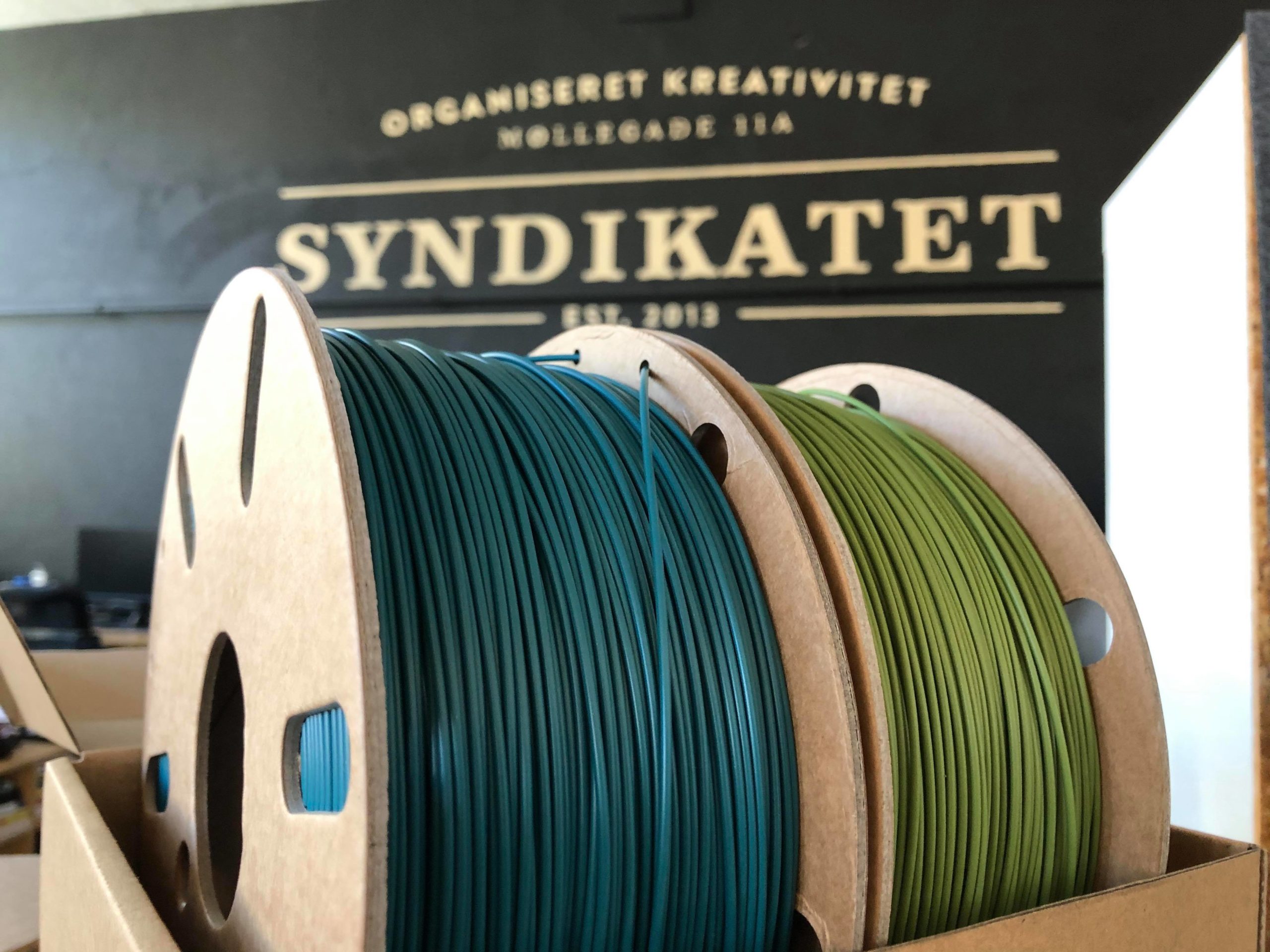
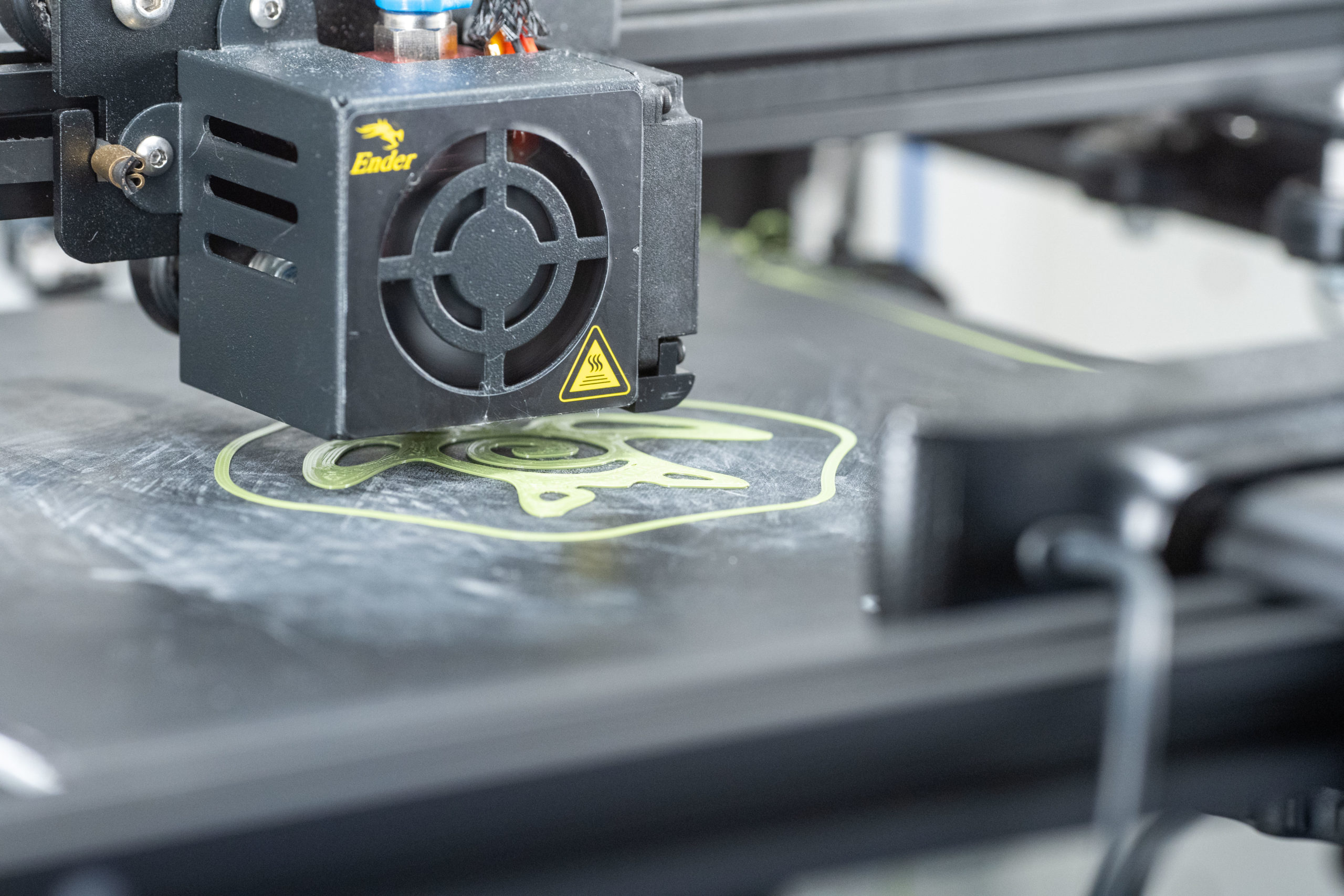
The production and material.
For the production of Xavior SeaTurtle, we use recycled PLA, also known as rPLA.
The thermoplastic polyester PLA (polylactic acid or polylactide) – the most widely used plastic filament material in 3D printing – is the first plastic of its kind produced from renewable resources. It is an active player in green chemistry through its significant reduction of the carbon footprint compared to oil-based traditional plastics.
PLA is up to 100 per cent biodegradable plastic produced from renewable resources such as sugar beet, sugar cane, wheat, potato, maize, cassava and cellulose.
You will find PLA in many applications such as automotive parts, clothing, carpet fibres, food packaging – and when it comes to rPLA, also in the Xavior SeaTurtle.
We only work with low volume rapid production based on specific orders. That way we avoid producing for stock and using ressources – be it energy or plastic – on products that there might not be any demand for.
Our technical partner is the design company Ideaal – or as they call themselves “Design Thinkers and Doers”. They work with the development of physical products and digital services based on the users. The Ideaal HQ is at the co-working space Syndikatet in Aalborg, Denmark.
The 50 % we donate.
Xavior SeaTurtle cannot on a global scale contribute to the physical removal of plastic waste – but we can let 50 % of our profit go to a powerful non-profit organization focused on ridding the world’s oceans, shores and rivers of plastic. And that is just what we do.
Please note that Xavior SeaTurtle and Xavior I/S are independent of and not endorsed or sponsored by the non-profit organization we support.
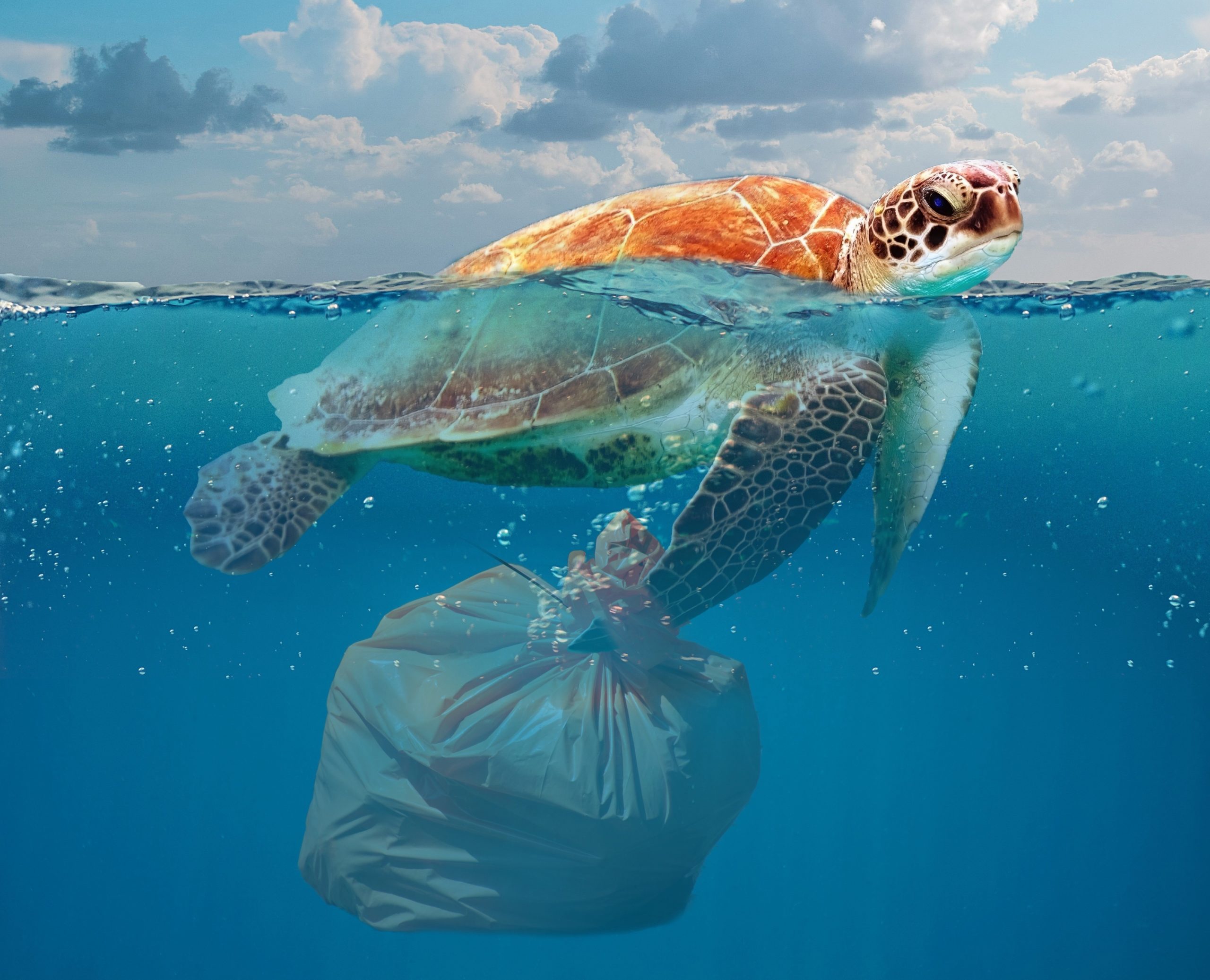
FAQ.
No, not at this point. You can only buy Xavior SeaTurtle via www.xavior.org. However, due to popular demand we might at a later stage look at other solutions. Write us an e-mail at xavior@xavior.org if you’ve got an idea.
Sure. Send us an e-mail at xavior@xavior.org.
We don’t pick up the plastic from oceans and shores ourselves – but we support people who do.
Yes, we operate on the basis of the United Nations’ Sustainable Development Goals. Naturally No. 14 – to conserve and sustainably use the oceans, seas and marine resources – is vital to us.
Blue. Green. That’s it.
We’d love to hear from you. Drop us a line at xavior@xavior.org.
Through the sale of our Xavior SeaTurtle, via our social media outlets – and thanks to you sharing our story.
Provided you order up to five copies of Xavior SeaTurtle, shipping is around 4.50 EUR (≈ 5.50 USD, 4 GBP, 33 DKK). Order more and you’ll pay a bit more in shipping but let’s talk about that. Send us a message at xavior@xavior.org.
We produce and ship as soon as we have your order – then the rest is up to the mailman, really.
Sea turtles are very close to our hearts but it’s not these lovely creatures in specific that we help. We work to free the oceans and shores of plastic waste – and that will benefit the sea turtles.
Well, you tell us! It’s a pendant, a key hanger, a token, part of a mobile, an earring, decoration for the dinner table. Take a picture of how you use Xavior SeaTurtle and share with us on Instagram, using #xaviorseaturtle.
Xavior SeaTurtle is developed and sold by Xavior I/S, a globally oriented company registered as a partnership under Danish law. We specialize in unique ornaments and designs to customers all over the world.
Our products, which are environmentally friendly produced of recycled material, contribute to the removal of as much waste from nature as possible. At the same time, through donations of 50 per cent of our profits, we help a powerful non-profit organization with its efforts for ridding the world’s oceans, shore and rivers of plastic.
Your price per Xavior SeaTurtle is 13.50 EUR (≈ 16.50 USD, 12 GBP, 100 DKK).
Well, we’d hate for that to happen. But if that is indeed the case you just return your Xavior SeaTurtle to us and we will take care of it.
Now you’re talking. Send us a message at xavior@xavior.org and we’ll find a good price together.
It shouldn’t. But if indeed it does take a picture and send an e-mail to xavior@xavior.org. Then we’ll replace it.
Xavior SeaTurtle cannot on a global scale contribute to the physical removal of plastic waste – but we can let 50 per cent of our profit go to a powerful non-profit organization focused on ridding the world’s oceans, shores and rivers of plastic. And that is just what we do.
For the production of Xavior SeaTurtle, we use recycled PLA, also known as rPLA.
The thermoplastic polyester PLA (polylactic acid or polylactide) – the most widely used plastic filament material in 3D printing – is the first plastic of its kind produced from renewable resources. It is an active player in green chemistry through its significant reduction of the carbon footprint compared to oil-based traditional plastics.
PLA is up to 100 per cent biodegradable plastic produced from renewable resources such as sugar beet, sugar cane, wheat, potato, maize, cassava and cellulose.
You will find PLA in many applications such as automotive parts, clothing, carpet fibres, food packaging – and when it comes to rPLA, also in the Xavior SeaTurtle.
To succeed in our endeavour, we encourage committed people across the globe to become part of our circle of life:
- Plastic waste is removed from the oceans and shores – or intercepted before it goes there
- The plastic waste is processed and given new life and purpose in the form of the environmentally friendly produced Xavior SeaTurtle
- Buying the Xavior SeaTurtle, you support the process, show that you care and help us spread the word
- Thanks to your purchase we can donate 50 per cent of our profits to a non-profit organization working diligently on freeing the world of plastic waste
- And then it all starts from the beginning again
We only work with low volume rapid production based on specific orders. That way we avoid producing for stock and using ressources – be it energy or plastic – on products that there might not be any demand for. This means that you Xavior SeaTurtle will go into production as soon as we get your order – and we’ll ship as soon as it’s dry. Please allow around 10 days from order to delivery.
Via www.xavior.org. No shops of our own, no retailers.
That one you find at the bottom of our website.
Our bank is Sparekassen Vendsyssel – BIC-kode VRAADK21 and IBAN no. DK7490701632258077.
The man behind the Xavior SeaTurtle is Leo Griffin, a Brit living in the northern part of Denmark for 40+ years.
Graduated in Illustration and Visual Communication from Birmingham City University (1976) Leo has worked as Technical Illustrator, Graphic Designer and Art Director before concentrating on visual and product design.
Within visual design Leo has helped customers with identity work from overall brand development, names and logos, advertising and brochures to exhibitions and websites. Over the years he has won numerous Danish and international prizes, among others the European Design Annual “Certificate of Design Excellence”.
In parallel with his work within visual design Leo has had a lifelong interest in the arts – and he has been a practicing artist for nearly as long. Throughout the years he has carried out a long range of art-related assignments for customers, just as he produces not least pictorial art entirely on his own initiative.
Just to mention one of his international clients Leo has developed several lines of decorative art for Georg Jensen A/S, the world-renowned Danish company founded as a silversmith studio more than a century ago.
Three of the world’s seven species of sea turtles are ‘endangered’ or ‘critically endangered’– an additional three species are ‘vulnerable’. Sea turtles are severely threatened by the way humans use plastic.
After hatching from their eggs on the beach they have to find the ocean by themselves and on their journey from land to sea, they may encounter lots of plastic. Some are trapped in it and die from lack of resources and from the sun being too hot. Sea turtles eat plastic bags because they confuse them with their actual diet such as jellyfish and algae. This can clog their intestines and cause internal bleeding which will eventually kill them.
Plastic is threatening not only the sea turtles, but oceans, beaches and dunes as well. In the oceans, sea turtles are among the very few creatures that eat sea grass. These plants need to be constantly cut short to help them grow across the sea floor – and that is vital as sea grass beds provide breeding and developmental grounds for a great number of marine animals.
Sea turtles lay their eggs on beaches and in sand dunes. As these environments are poor on nutrient, they depend on vegetation to protect against erosion. Eggs and hatchlings failing to make it into the ocean are nutrient sources for this vegetation – and therefore protect the nesting habitats for sea turtles.
Provided there is interest for it we just might. The big question is: Will you buy them? Let us know at xavior@xavior.org.

